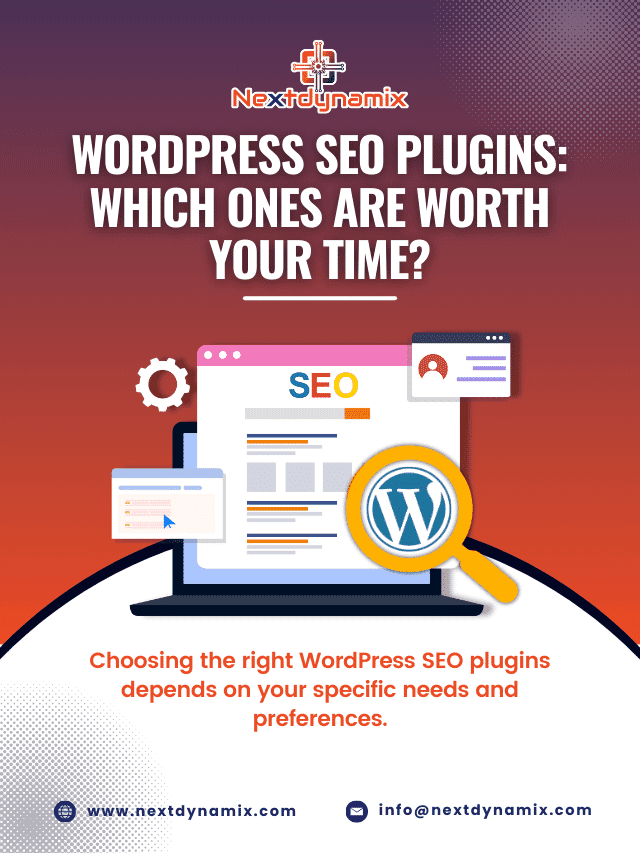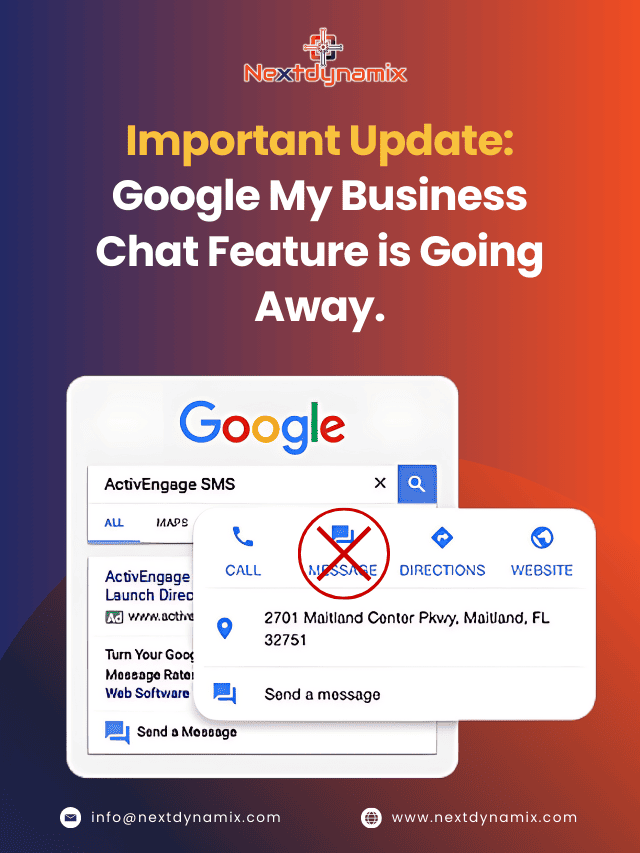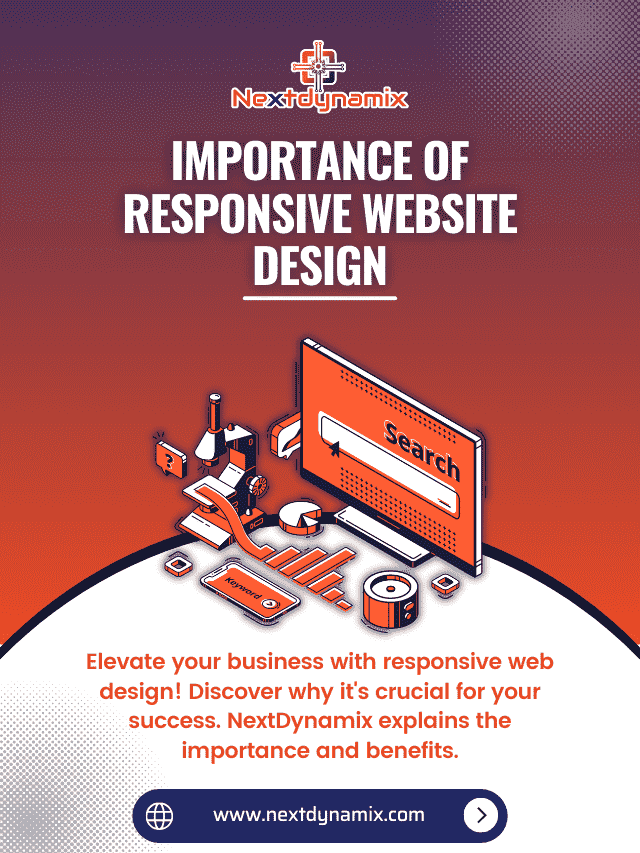The Importance of Responsive Web Design for Your Business
Table of Contents
ToggleIn today’s digital age, having a strong online presence is crucial for the success of any business. With more and more people using mobile devices to access the internet, it is essential to have a website that can adapt and provide an optimal user experience across various screen sizes and devices. It is where responsive web design comes into play.
The importance of responsive web design for your business cannot be overstated. With the increasing use of mobile devices, having a responsive and mobile-friendly website is essential to meet the expectations of your audience and stay ahead in the digital realm. The benefits of responsive web design are numerous, from improved user experience and increased engagement to better search engine rankings and higher conversion rates.
This blog post will explore the importance of responsive web design and how it can benefit your business.
Mobile Usage is on the Rise
Mobile devices have become an integral part of our daily lives. From smartphones to tablets, people use these devices to browse the internet, shop online, and interact with businesses. According to recent statistics, mobile internet usage has surpassed desktop usage.
This shift in consumer behavior highlights the need for businesses to have mobile-friendly websites. By implementing responsive web design, you ensure that your website looks and functions seamlessly on any device, providing a positive user experience and increasing the chances of conversion.
Enhanced User Experience
User experience (UX) plays a vital role in determining the success of a website. A responsive web design ensures your website visitors have a consistent and enjoyable experience, regardless of the device they use.
A responsive website automatically adjusts its layout and content to fit the screen size, eliminating the need for users to pinch, zoom, or scroll horizontally to view the content. It makes navigation easier and encourages users to explore your website for more time, leading to increased engagement and lower bounce rates.
Improved SEO
Search engine optimization (SEO) is crucial for driving organic traffic to your website. Search engines like Google highly recommend Responsive web design because it provides a better user experience and reduces bounce rates.
Google’s algorithms prioritize mobile-friendly websites in search engine rankings, meaning that a responsive website is more likely to appear higher in search results. You can improve your website’s visibility and attract more potential customers by investing in responsive web design.
Cost-Effective Solution
In the past, businesses used to create separate mobile versions of their websites to cater to mobile users. However, this approach requires additional resources and maintenance.
Responsive web design offers a cost-effective solution by eliminating the need for separate websites. With a single responsive website, you can reach users across different devices, saving time, effort, and money in the long run.
Increased Conversion Rates
A positive user experience on your website is linked directly to increased conversion rates. Responsive web design ensures visitors can easily navigate and access the necessary information, making it more likely for them to convert into paying customers.
Whether it’s making a purchase, filling out a contact form, or subscribing to a newsletter, a responsive website removes barriers and provides a seamless path to conversion.
Social Media Compatibility
Social media platforms are a powerful marketing tool for businesses to connect with their audience and drive traffic to their websites. The users expect a seamless experience when they access social media sites on their mobile devices and click on a link to visit a website.
If your website is not responsive, users may encounter distorted layouts, slow loading times, and a frustrating browsing experience. By incorporating responsive web design, you ensure that your website is compatible with social media platforms, enhancing your brand’s credibility and increasing the chances of user engagement.
Competitive Advantage
In a competitive digital landscape, staying ahead of the competition is crucial. Many businesses are still lagging in adopting responsive web design to provide an opportunity for your business to gain a competitive edge.
By delivering an exceptional user experience across all devices, you can differentiate your brand from others and leave a lasting impression on potential customers.
Investing in responsive web design is an investment in the future success of your business. It shows that you value your customers’ experience and are willing to adapt to their changing needs. By providing a seamless browsing experience across devices, you build trust and credibility with your audience, which can lead to long-term customer loyalty and positive word-of-mouth.
Best Practices to Ensure Website Responsiveness!
To ensure your website is responsive, consider the following best practices:
Mobile-first approach: Start the design process by focusing on the mobile experience. Designing for smaller screens forces you to prioritize the most critical elements and content, ensuring your website remains user-friendly and accessible on any device.
Flexible layouts: Use fluid grids and proportional design elements that can adapt and reflow to fit different screen sizes. Avoid fixed-width layouts that may cause horizontal scrolling or content overflow on smaller screens.
Optimized images: Large, high-resolution images can significantly slow down the loading time of your website, especially on mobile devices with slower internet connections. Optimize and compress your images to minimize file sizes without compromising quality.
Intuitive navigation: Make sure your navigation menus and buttons are easy to locate and interact with on all screen sizes. Consider implementing collapsible menus, hamburger icons, or a sticky navigation bar to maximize usability.
Readable typography: You can choose fonts and font sizes, legible on various devices. Avoid using small font sizes that require zooming in to read the text. Consider using responsive typography that adjusts based on the screen size to ensure optimal readability.
Fast loading speed: Mobile users expect websites to load quickly. Optimize your website’s performance by minimizing HTTP requests, leveraging browser caching, and compressing CSS and JavaScript files. Additionally, you can consider using a content delivery network (CDN) to deliver your website’s assets from a server closest to the user’s location, reducing latency.
Regular testing: Test your website across multiple devices and screen sizes to ensure a consistent experience. Use responsive design testing tools or consider investing in real devices or emulators to accurately evaluate your website’s appearances and functions on different platforms.
Remember, responsive web design is not a one-time effort but an ongoing process. As technology continues to evolve, new devices and screen sizes will emerge, requiring regular updates and optimizations to maintain a seamless user experience.
In conclusion, responsive web design is no longer a luxury; it is a necessity for any business seeking to thrive in the digital landscape. By embracing responsive design principles, you can provide an exceptional user experience, improve your search engine rankings, increase conversions, and ultimately achieve your business goals. Stay ahead of the competition by making your website accessible, engaging, and user-friendly on every device.
Thanks for Reading!
Read More on Aelum Blogs
Author: NextDynamix Pvt. Ltd.
At Nextdynamix, We Have Pros and Peers for More Insights!
Connect with our professional web and app specialists to achieve impeccable development and seamless execution. Allow us to comprehend your industry obstacles and deliver efficient solutions, unlocking your business potential.
Contact us today for further information













